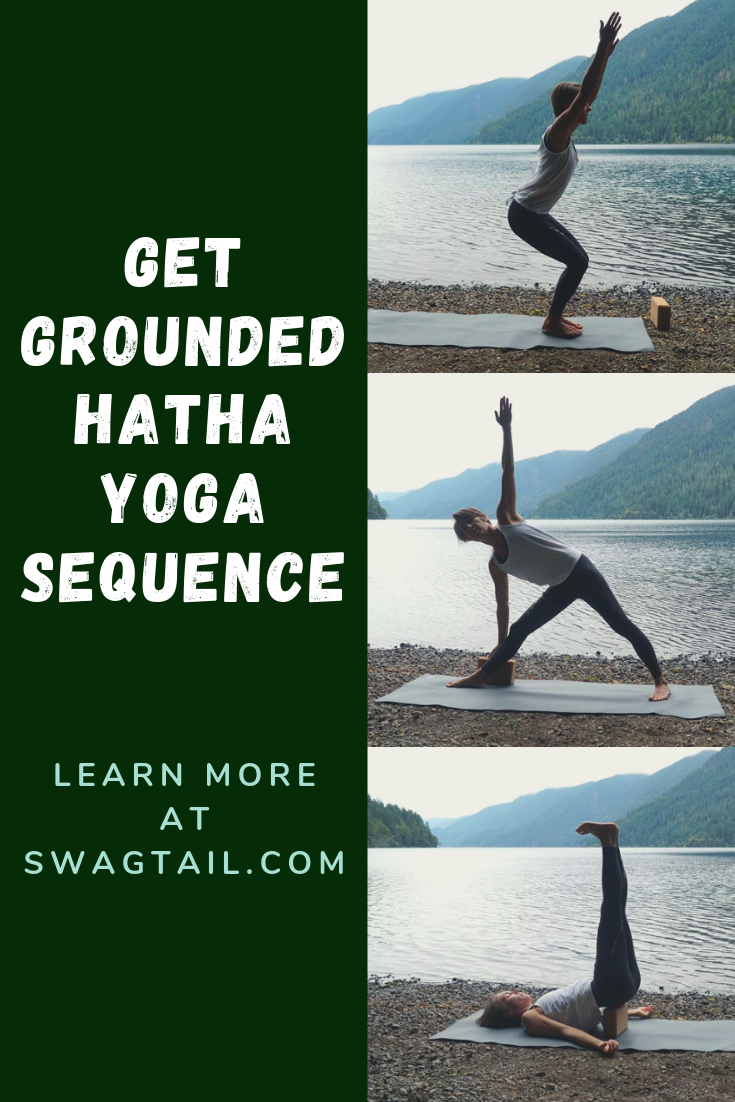 Life today is fast-paced for both yoga teachers and students alike. Full schedules and numerous demands can leave you feeling overwhelmed, rushed, and totally out of balance. To counter this busy-ness, use our get grounded Hatha sequence. It’s a great way to increase the coherence of the heart and brain. What does that mean? You’ll have more energy available throughout each day to think clearly, show compassion for yourself and others, and allow the body to heal from the inside out.
Life today is fast-paced for both yoga teachers and students alike. Full schedules and numerous demands can leave you feeling overwhelmed, rushed, and totally out of balance. To counter this busy-ness, use our get grounded Hatha sequence. It’s a great way to increase the coherence of the heart and brain. What does that mean? You’ll have more energy available throughout each day to think clearly, show compassion for yourself and others, and allow the body to heal from the inside out.
Due to the numerous benefits of being grounded, I often teach this sequence on the first evening of a yoga retreat. Many times participants have traveled a long distance for the event, and many are tired, jetlagged, or simply dehydrated. The standing postures in this sequence help ground the body and mind into the moment. Plus, it’s a fantastic way to prepare both for a delightful week (or weekend) ahead.
In addition, I often pair the sequence with the class theme to appreciate the present moment. This invites the heart into the experience via awareness. And, the elevated emotions that result further amplify your sense of groundedness.
BE READY TO START THE SEQUENCE
It’s time to grab your props and get ready to start the sequence. For this class, you’ll need:
- One block
- A strap
Then when you’re ready, hop on your mat.
(1) SAVASANA, KNEES BENT
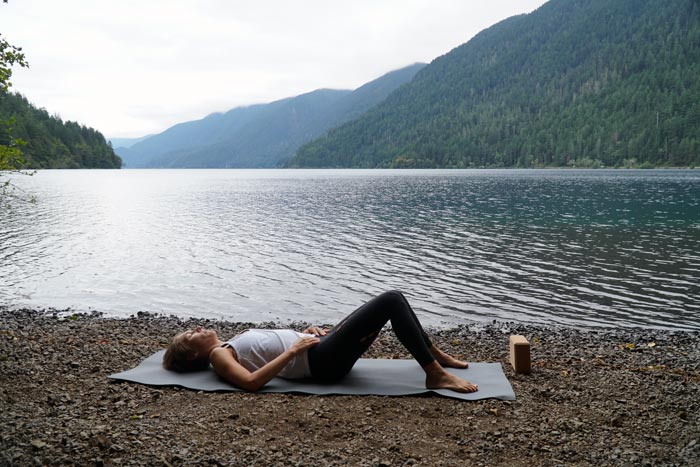 Purpose: To begin the sequence, lie down on your back with the knees bent. The knees can remain parallel, or have them drop inward toward one another. In either case, this will force the soles of the feet to make contact with the floor–a perfect way to get grounded from the start of class.
Purpose: To begin the sequence, lie down on your back with the knees bent. The knees can remain parallel, or have them drop inward toward one another. In either case, this will force the soles of the feet to make contact with the floor–a perfect way to get grounded from the start of class.
Specific Instructions: Invite your students to notice the sensations at the bottom of their feet, including the texture and temperature of the surface beneath. I suggest the students then rest their elbows on the floor and place their hands on the abdomen. This will allow increased connection to the flow of prana as it comes in and out of the body.
Length: Center here for 5-7 minutes, depending on how much breath-work you want to use here.
(2) APANASANA
Purpose: This gentle movement alleviates low back tension that can accumulate from sitting for long periods of time. Since students will still be on their back, it further increases the sense of connectedness to the ground beneath them (and thus the feeling of being grounded).
Specific Instructions: Inhale as you push the knees away from the body, lengthening the arms. Use the exhale to draw the knees closer to the chest.
Length: 5-7 rounds of breath
(3) RECLINED SPINAL TWIST
Purpose: Not only will a twist at the beginning of class open the flow of prana down the spine, but you can also increase mobility in the shoulder complex by adding arm circles.
Specific Instructions: Once you take the twist, take 3-5 circles with the upper arm. Students can then hold the twist with the upper arm along the floor for another 3-5 rounds of breath. Also, if you have more time available, you can add core work before the twist here. This will help students tap into the center of their being (no matter where on the planet they find themselves at the moment).
Length: 5-7 rounds of breath
(4) TABLETOP
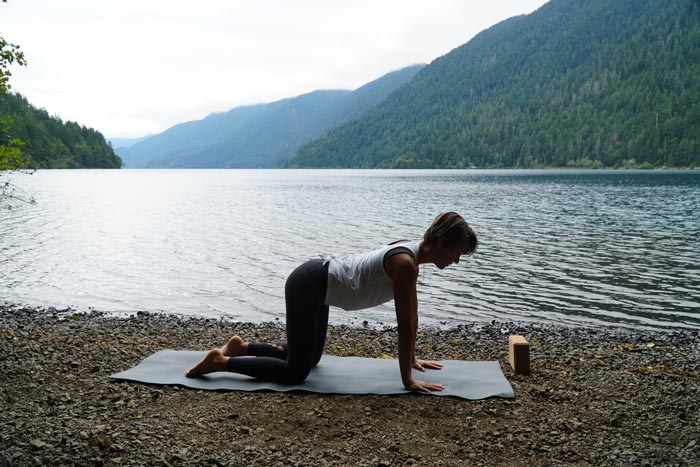 Purpose: The hands and knees now become the points of contact with the Earth. By pressing the floor away, students get grounded using new parts of the body. Pausing here for a few rounds of breath can also increase awareness of the spine.
Purpose: The hands and knees now become the points of contact with the Earth. By pressing the floor away, students get grounded using new parts of the body. Pausing here for a few rounds of breath can also increase awareness of the spine.
Specific Instructions: Students can rock and roll to tabletop from their back. Or, they can roll to one side and press to that position.
Length: 3-5 rounds of breath
(5) CAT / COW
Purpose: From the sense of stability created in tabletop, it’s time to mobilize the spine.
Specific Instructions: See if your students can move one vertebra at a time, starting with the base of the spine and moving upward. Use the inhale to take the backbend (cow) and exhale to round the back (cat).
Length: 5-7 rounds of breathing
(6) THREAD THE NEEDLE
Purpose: Now that there is more space and length along the spine, it’s time to twist it out. Twists can make it more challenging to breathe, so students must use more mental focus to sustain a deeper rhythm of each inhale and exhale. This deeper attention can be a great way to get grounded in the body and in the present moment.
Length: Hold the pose for 5-7 rounds of breath.
(7) BIRD DOG
Purpose: This pose is a great way to balance right and left hemispheres of the brain and the as the right and left sides of the body extend in opposite directions. Plus, it’s a balancing posture which also requires more awareness. And, as mentioned moments ago, the more attention needed to sustain a pose, the more grounding it can be for the body and mind.
Specific Instructions: To get grounded more with the pose, hold the static version of bird dog. Yet, if you are teaching a more vinyasa style practice, you might want to add core work by bringing opposite elbow and knees to touch 5-7 times.
Length: Hold for 5-7 breathes.
(8) PARIGHASANA
Purpose: Since the main asana in this sequence is tree pose, we use gate pose as a way to start opening the hips. It also serves to continue lengthening the side body and challenge personal balance in a new way.
Specific Instructions: Students can transition here right from bird dog. Simply place the extended back leg on the floor, and anchor the outer edge of the foot downward. The top arm can reach straight up, or can extend overhead like extended side angle. In addition, students can make balance easier by swinging the bottom shin parallel to the back edge of the mat.
Length: Hold 5-7 breaths.
(9) REPEAT STEPS 4-8
After completing the first side, rest in child’s pose. Then, repeat postures 4-8 in this sequence on the second side.
(10) MAKE YOUR WAY TO STAND
Purpose: Downdog is a neutral posture that starts to balance out the body evenly on both sides. It also continues to create space down the entire back line. Tadasana is also such a great, simple reminder to be strong and relaxed at the same time
Specific Instructions: From down dog, walk forward to uttanasana. Hold the forward fold, offering any variations you want. Then, roll the spine up to stand in tadasana.
(11) CHANDRASANA
Purpose: The goal here is to firmly root down through pada bandha. Press the floor away to initiate the ground reactive force and send energy from the Earth up into the entire body. Then, with engaged legs and core, open the heart and soften the shoulders away from the ears. Tadasana is such a great, simple reminder to be strong and relaxed at the same time.
Specific Instructions: You can have one hand grab the wrist of the other arm. Or, you can have students interlace fingers. The choice is up to you.
Length: 5-7 breaths each side.
(12) UTKATASANA FLOW
Purpose: This straightforward flow is a wonderful way to heat up the legs (that often get weak and tired while seated for long periods of time. The strength required here also invites students to get grounded through the connection of their feet to the floor.
Specific Instructions:
Inhale: chair pose > Exhale: swing the arms back (drinking bird) > Inhale: stay low > Exhale: fold forward > Inhale: ardha uttanasana, lengthen the spine > Exhale fold again > Inhale: drinking bird > Exhale: stay low > Inhale: back to chair pose> Exhale: tadasana
Length: Repeat the entire sequence 3-5 times. You can also hold uttanasana longer the last round to rest the legs.
(13) STEP WIDE
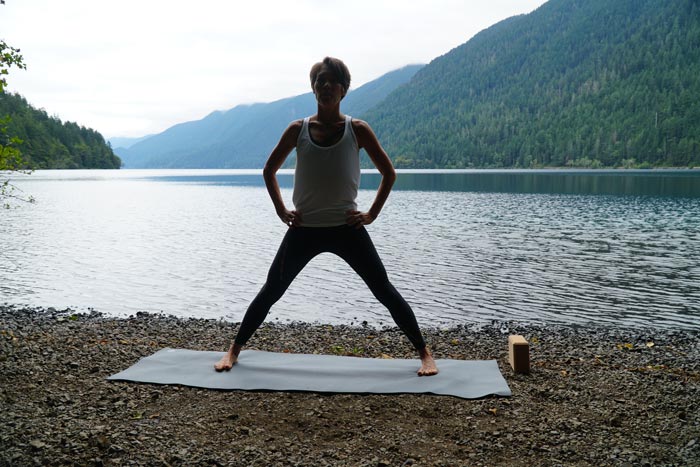
Purpose: This neutral pose creates a pause in the sequence where students can mindfully transition from a movement-based sequence to holding standing postures. It’s also a great way to open the hips, which is needed throughout the next portion of the class.
Length: Pause for a moment or two to tune into this new position.
(14) WARRIOR 2
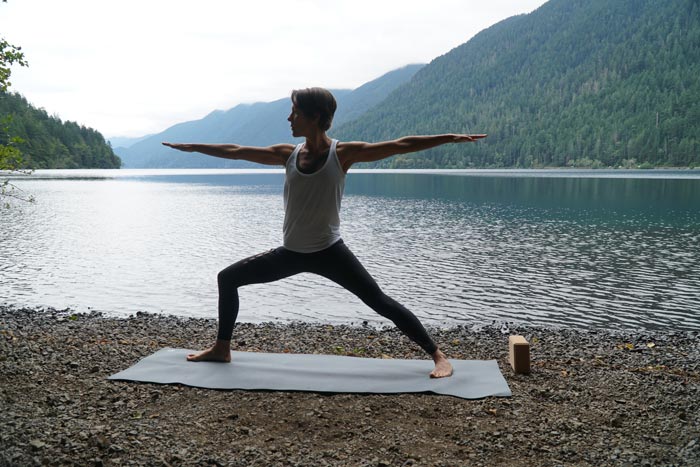 Purpose: Warrior 2 starts on the next set of postures. Each will utilize a wide stance and engage the legs. This will further enhance a grounded feeling, as well as build more heat in the body.
Purpose: Warrior 2 starts on the next set of postures. Each will utilize a wide stance and engage the legs. This will further enhance a grounded feeling, as well as build more heat in the body.
Specific Instructions: Start on the right side, turning the right foot toward the short edge of the mat.
Length: Hold the pose for one minute.
(15) REVERSE WARRIOR
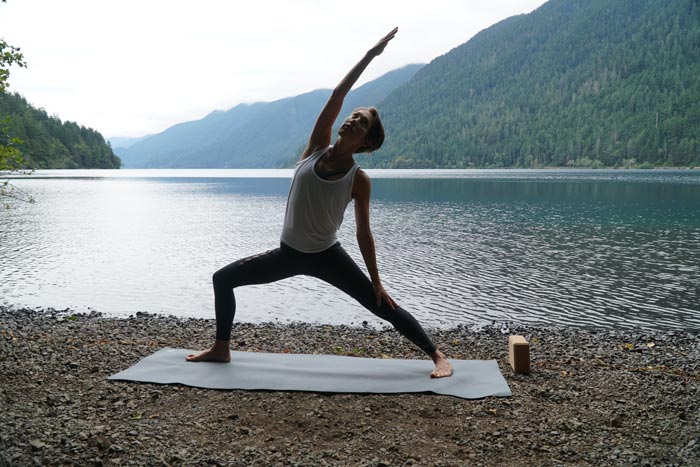 Purpose: This version of warrior requires stamina and strength in the legs. while continuing to lengthen the side body. It also relieves stiffness in the shoulders and back. Mainly, it requires a depth of breath to be sustained as students tone their entire body.
Purpose: This version of warrior requires stamina and strength in the legs. while continuing to lengthen the side body. It also relieves stiffness in the shoulders and back. Mainly, it requires a depth of breath to be sustained as students tone their entire body.
Specific Instructions: Stay on the right side here, and remind students to take a simple version of the posture. They don’t need to go as deep as possible. In fact, sometimes tapping into their inner strength is a great way to get grounded.
Length: Hold the pose for one minute.
(16) TRIANGLE SEQUENCE
Purpose: Extending the front leg will provide relief to the body. The hamstrings can also get longer here while strengthening the core and lengthening the spine.
Specific Instructions: Take reverse triangle first, then reach the top arm forward for a breath or two before assuming triangle pose.
Length: Hold each pose for one minute each.
(17) PRASARITA SEQUENCE
Purpose: Prasarita Padottanasana is a mild inversion which is a great way to clear the mind and get grounded. This also lengthens the spine and rests the heart–both which help students turn the attention inward. Plus, the hamstrings on both legs also get lengthened evenly.
Specific Instructions: I suggest the first round of Prasarita Padottanasana be version A, which includes hands to the floor. The pressing away with the hands and feet can be a great way to stay connected to the ground beneath you. Even if students wish to take a headstand here, the same element of rooting down to rise is present.
For the second round, take Prasarita T (the twisted version). This will wring out the tension that has accumulated in the spine while lengthening the backline of the body.
If there is limited mobility in the thoracic spine, then students can keep the top hand on the sacrum for Prasarita T. Or, they can take a “pulling the lawnmower” approach, drawing the top shoulder blade closer to the spine to assist with the twist. Both are ways to focus more on the spinal twist than the reach of the top arm.
Length: Hold version A (or headstand) for 5-10 rounds of breath. Then, take the twisted version 5 rounds of breath on each side.
(18) TADASANA & REPEAT 14-17
(19) VRKSASANA
Purpose: Roots provide stability and vitality to trees. As students take vrksasana, they must root down through their feet to get grounded. And, from this firm footing, they can reach their spine and crown of the head toward the sky.
Specific Instructions: Add cactus arms to continue opening the heart (which can get closed during travel or when you feel detached from your inner being). Looking up or closing the eyes will also make the pose more challenging.
Length: Hold each side for 5-10 rounds of breath.
(20) GARUDASANA
Purpose: Eagle pose is a way to continue in the vein of standing poses and offset the wide-legged postures taken previously. Now the inner thighs will require strength while the outer hips lengthen. The arm position also stretches the rhomboids–the space between the shoulder blades–which has been activated with the previous arm binds in class.
Length: Hold 5-10 rounds of breath each side.
(21) PASCHIMOTTASANA
Purpose: It’s time to take the energy and strength created from the standing poses and root them firmly into the body with seated postures. Plus, being on the floor will enhance the physical connection to the ground beneath you. Both elements will help you get grounded even more. Plus, it’s a neutral pose to create length on the backside of the body again.
Specific Instructions: Bend the knees, or use additional props, if the back side of the body is still tight.
Length: Hold for 5-7 rounds of breath. You can also repeat this pose one or two more times, as time allows.
(22) HIP CIRCLES AND FIGURE 4
Purpose: First, hug one knee into the chest to create a simple stretch for the hip flexors on the extended leg. Then, if you want to add a bit more mobility and movement to a hatha practice, add some hip circles with the knee closest to the chest.
Specific Instructions: To get an outer hip stretch after all of the standing work, you can also add in a reclined figure 4 while here.
Length: Take 3-5 rounds of breath with the knee in toward the chest, and a few cycles of breath with circles. Hold for another 5 cycles of breath in figure 4, if taking that pose as well.
(23) SUPTA PADANGUSTASANA & TWIST
Purpose: Use the supported position on the floor to further open the hamstrings on the lifted leg and hip flexors on the leg touching the floor. Since students are soon coming to savasana, it’s a way to calm the mind in preparation for that final rest.
Specific Instructions: Use a strap, if students cannot reach their foot. Or, be creative and grab anywhere along the leg. I highly suggest taking the foot across the body (⅓ – ½ of the way) to isolate the IT band region of the lifted leg. Then, take a twist to add in a spinal element of release.
Length: Hold the vertical version and IT band version for one minute each.
(24) REPEAT 22-23 ON THE SECOND SIDE
(25) SUPPORTED BRIDGE
Purpose: It’s time to open the heart to the new grounded energy you have established in the body and mind. A supported bridge will keep you connected to the Earth. And, it will be a tangible reminder of being constantly supported by the Universe around you.
Specific Instructions: After holding the supported bridge, you can add in a hip flexor stretch or a legs up the wall variation on the block (or both). In any case, having the block beneath for support can be a great way to unwind before savasana. Please note that the lower the block level, the easier it will be for students. And, the block can be omitted entirely for the hip flexor and legs up the wall stretch.
Length: Take supported bridge for 1-2 minutes. Then, you can take the other variations for 1-3 minutes each (depending on the time you have available).
(26) SAVASANA
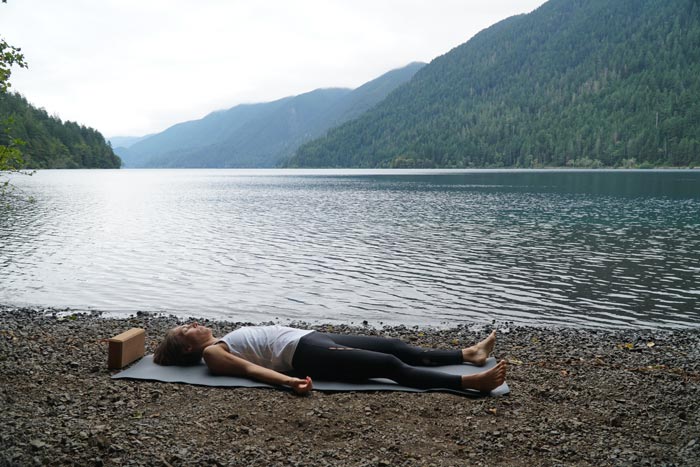 Purpose: It’s time to incorporate all of the changes made in the body, mind, and spirit. Lie still to allow the autonomic nervous system to memorize these changes. Keep in mind that you’re a new you taking this pose, far different from the person who assumed the variation at the start of class. Recognize this. Celebrate it! And enjoy the ability to make such shifts in short periods of time.
Purpose: It’s time to incorporate all of the changes made in the body, mind, and spirit. Lie still to allow the autonomic nervous system to memorize these changes. Keep in mind that you’re a new you taking this pose, far different from the person who assumed the variation at the start of class. Recognize this. Celebrate it! And enjoy the ability to make such shifts in short periods of time.
Length: 5-10 minutes
PUTTING IT TOGETHER
When you take the time to get grounded with this hatha yoga sequence, your entire being functions at a more optimal level. Your heart and brain operate with coherence. You can tap into elevated emotions more readily, such as love, joy, and compassion. And, you can broaden your perspective about your life as a whole.
Take Action Now:
- Download this Get Grounded Sequence
- Get on your mat and try it today
- Leave a comment below about your favorite ways to get grounded (both on and off of your yoga mat!)


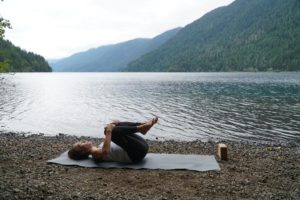
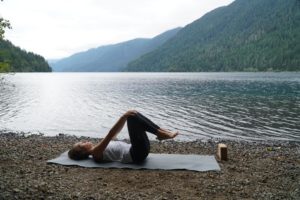
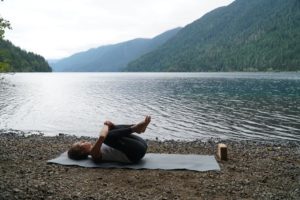
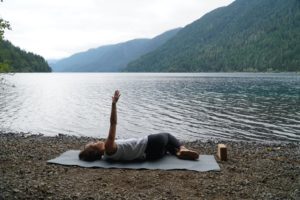
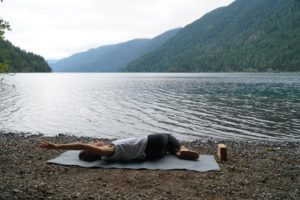
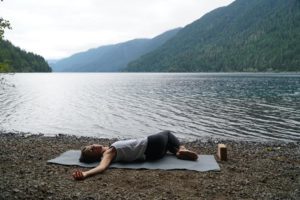
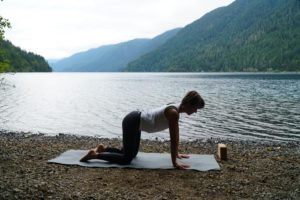
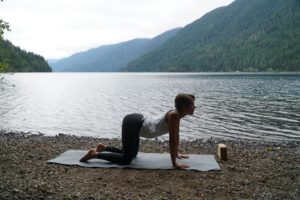
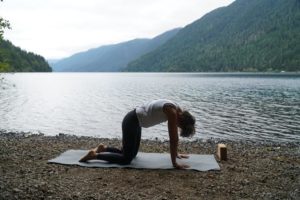
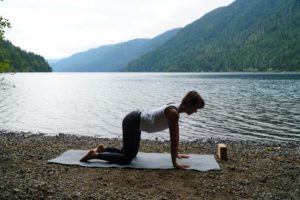
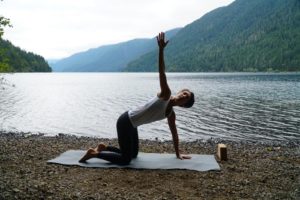
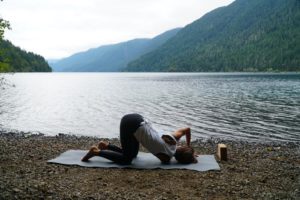
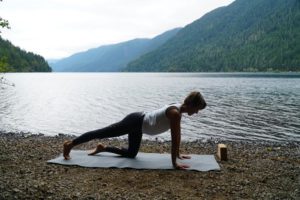
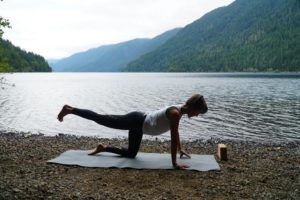
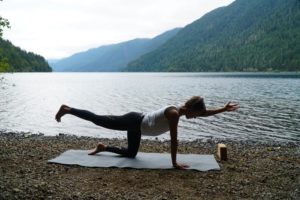
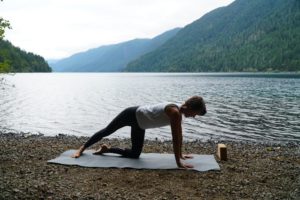
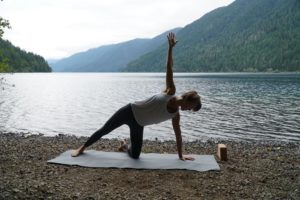
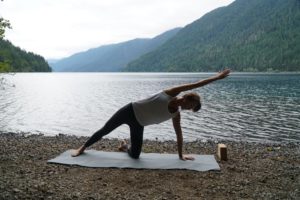
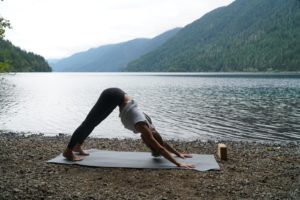
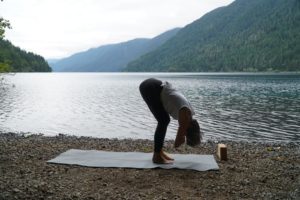
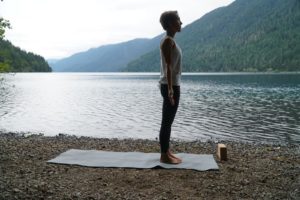
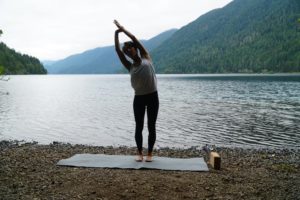
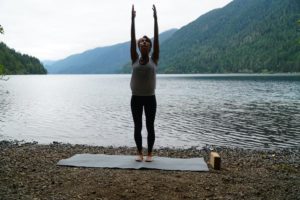
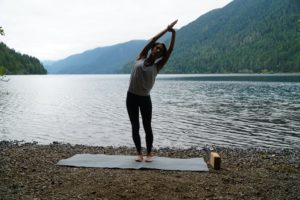
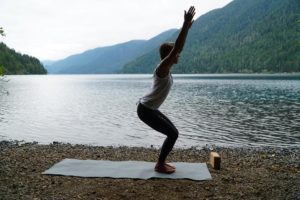
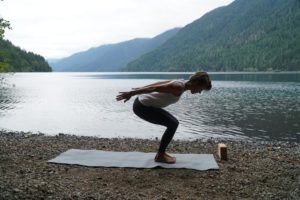
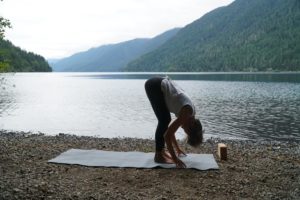
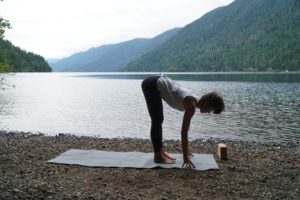
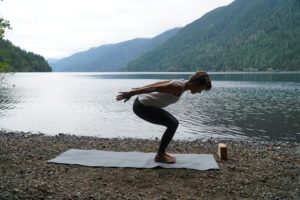
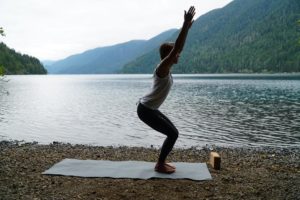
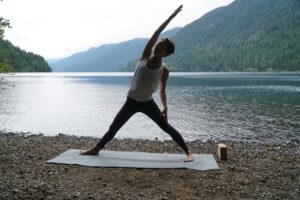
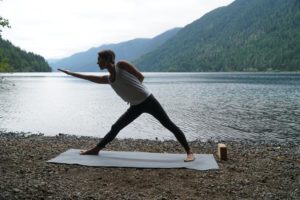
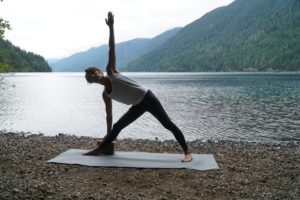
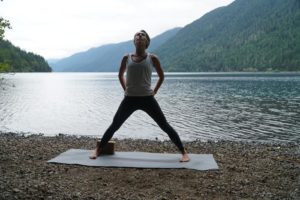
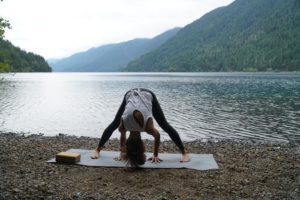
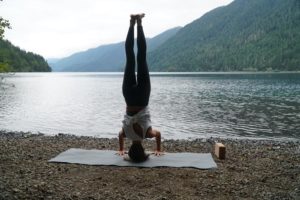
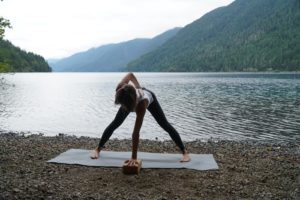
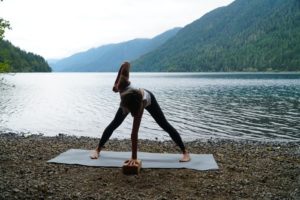
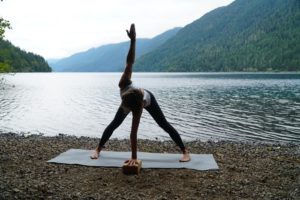
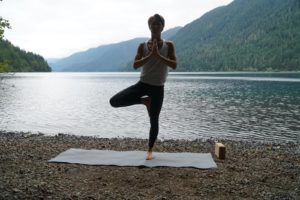
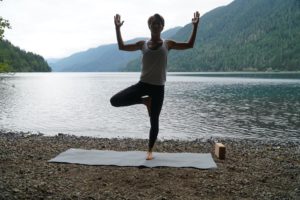
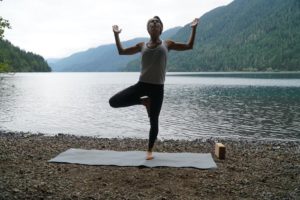
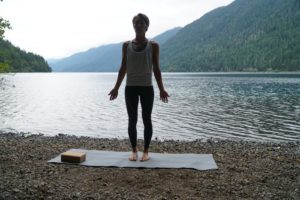
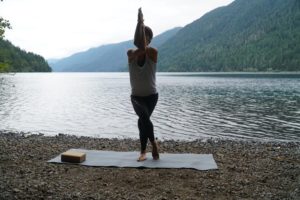
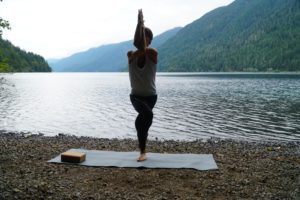
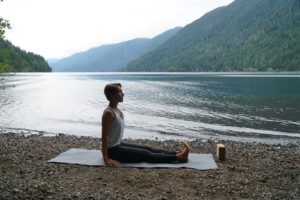
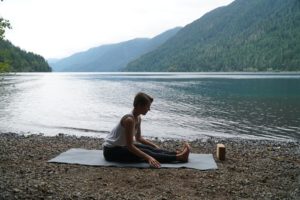
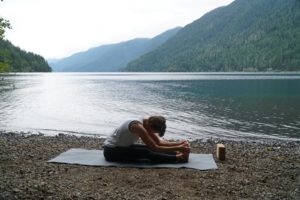
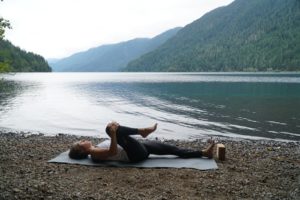
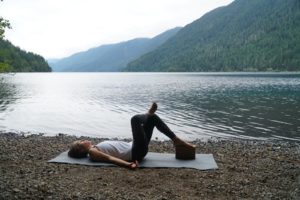
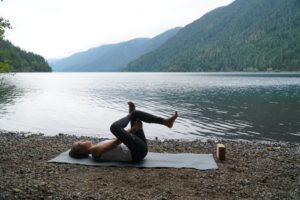
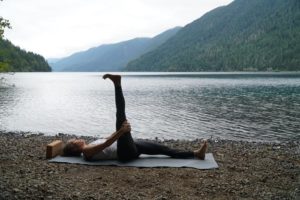
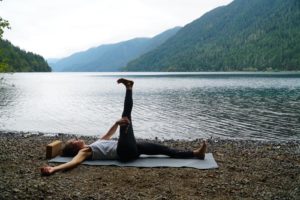
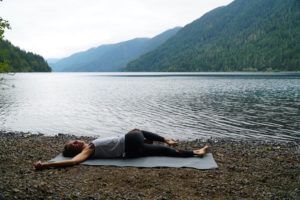
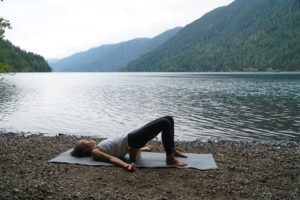
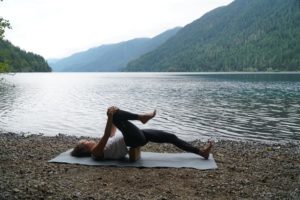
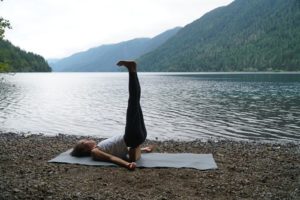

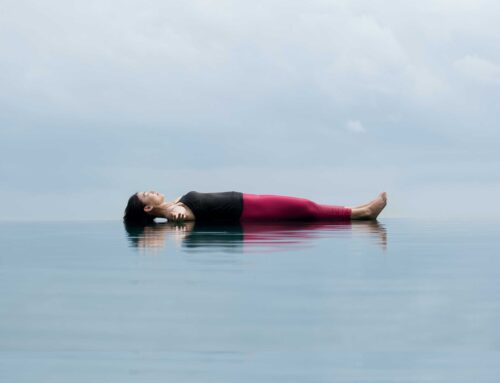

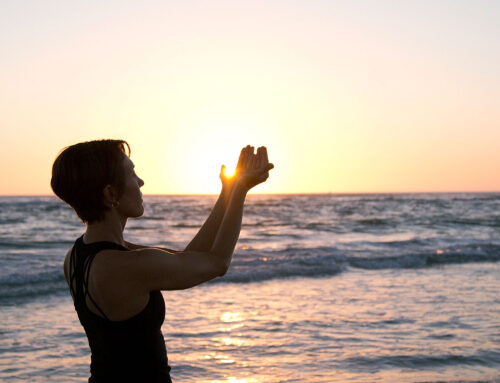
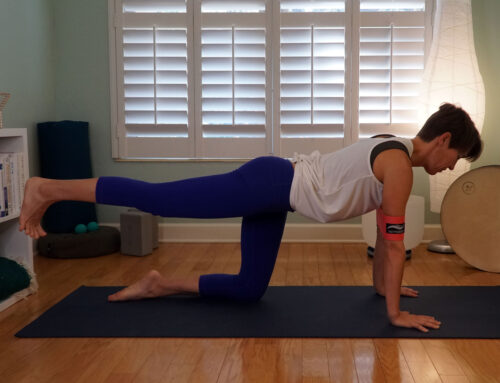
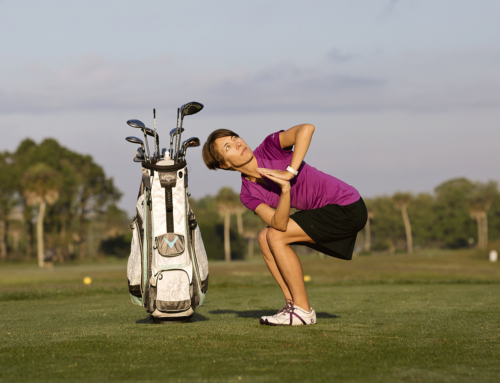
Thank you for this lovely sequence!